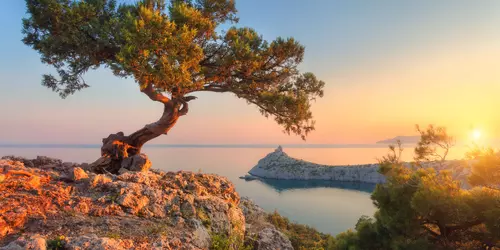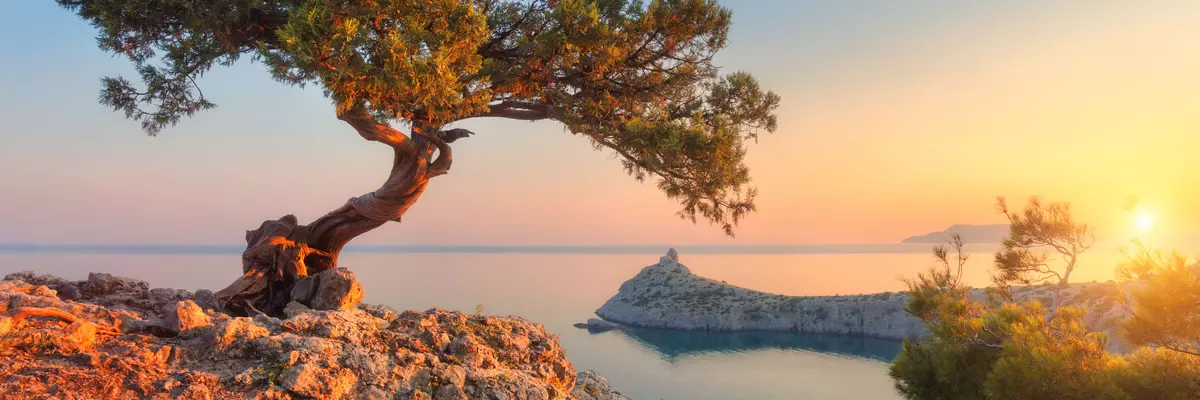This illustrious region, outlined by rugged mountains, fertile plains and verdant valleys, holds a special recognition for its blend of Russian, Ukrainian and Crimean Tatar influences that reverberate in its languages, religions, and architectural spectacles.
Officially, Crimea is an integral part of Ukraine yet it is largely self-governed with its own constitution and government. Its unique geopolitical plight doesn't undermine its beauty but adds an extra layer of intrigue that elicits the attention of travellers from around the globe.
Climate and Weather in Crimea
Situated at the midpoint of Northern and Southern Europe, Crimea boasts a unique mixture of varied climates. The Crimean peninsula talks of a Mediterranean climate with warm, humid summers and mild, wet winters along its coast. The southern strip of the peninsula, particularly the region of Yalta, experiences about 300 days of sunshine a year with summer temperatures peaking at about 25-30 degrees Celsius, making it a perfect summer retreat.
But the picture changes as we move inland and to the North, where the steppe and forest-steppe climates dominate. These regions experience a more continental climate- hot summers and colder winters. The highest altitude areas of Crimea, such as the Crimean Mountains, can even see snow during the winter months.
General Information about Crimea
Crimea, despite its small size, is a melting pot of diverse cultures. It's a place where East meets West, embodied by its traditional Russian architecture mingling with Oriental Islamic aesthetics. This cultural confluence reverberates in its food, music, and festive revelries. Alongside, the peninsula is a hub of multiple languages with Russian, Ukrainian, and Crimean Tatar most widely spoken.
Simferopol, the capital of Crimea, is the pulsating heart of the region, famous for its verdant parks and historic buildings. Moving to the south, the cities of Sevastopol and Yalta are prevalent tourist destinations, each carrying their unique historical backstory.
Tourism in Crimea
Crimea, cloaked in captivating beauty and rich history, offers a plethora of sights and activities for tourists. Its beautiful coastline invites sun-seekers and beach lovers in droves, with the resort town of Yalta being the prime focus, immortalized by Anton Chekhov's "Lady with a Lapdog".
History enthusiasts can quench their curiosity in Sevastopol, home to an ensemble of historical artefacts and sites related to the Crimean War, such as the famous Panorama Museum. The ancient city of Chersonesus structures, dating back nearly 2500 years, are a window to Crimea's Greek past.
The striking beauty of Swallow's Nest castle perched on the cliff overlooking the sea, Balaklava's Submarine Base Museum displaying fascinating Cold War relics or the Kara Dag Mountain Reserve teeming with unique flora and fauna, every nook and corner of Crimea spellbinds its visitors with its charm and grandeur.
In conclusion, Crimea, although cloaked in geopolitical contention, shines through as a vibrant and enticing destination, embellished with a diverse cultural palette, magical landscapes, fascinating history, and welcoming people. Regardless of the season or interest, it promises myriad experiences, inviting travellers to uncover a uniquely beautiful corner of Europe.



